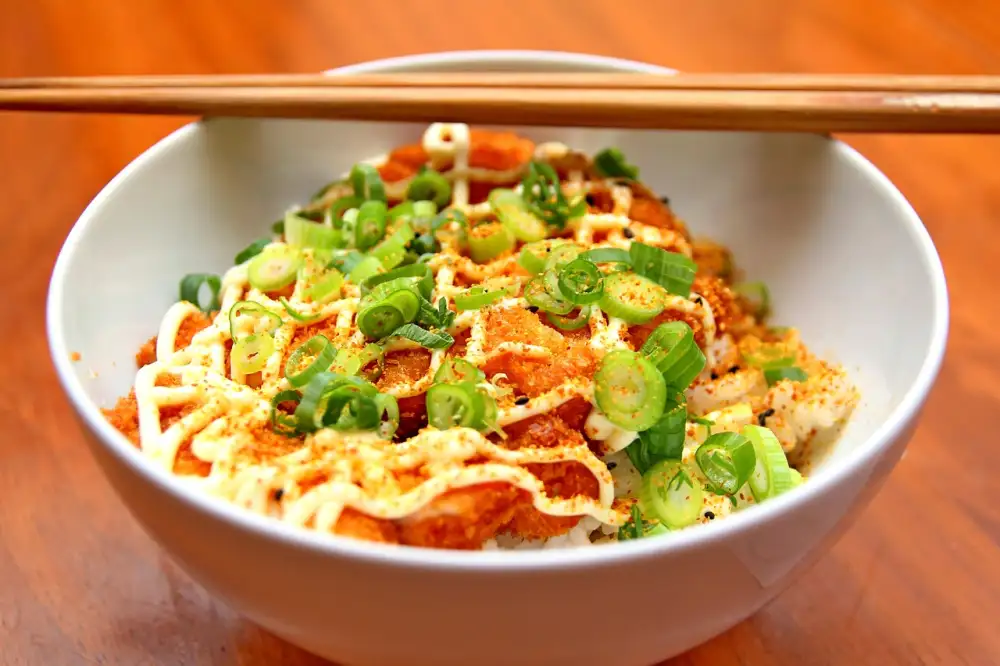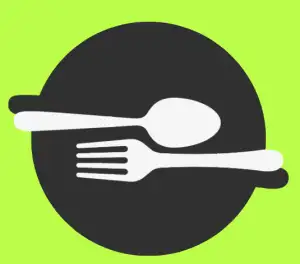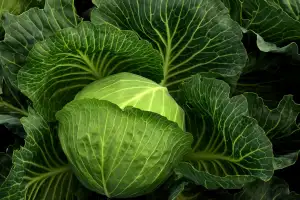Discover the Delights of Kedgeree: A Classic British Dish Recipe with Fish, Rice, and Eggs

Kedgeree is a beloved traditional British dish that combines the flavors of fish, rice, and eggs into a delightful one-pot meal. With its roots dating back to colonial India, this dish has become a staple in British cuisine. Kedgeree offers a unique blend of spices and textures that are sure to tantalize your taste buds. Whether you're looking for a hearty breakfast or a satisfying dinner, kedgeree is the perfect choice. Join us on a culinary journey as we explore the history, ingredients, and preparation of this classic British delicacy.
History and Origins of Kedgeree
Kedgeree, a classic British dish, has a rich history and fascinating origins. The dish can be traced back to the colonial era when India was under British rule. It is believed that kedgeree was inspired by the Indian rice and lentil dish called khichdi.
During the British Raj, British colonizers adapted khichdi to suit their taste preferences. They added smoked fish, usually haddock or cod, and boiled eggs to create a hearty and flavorful meal. Kedgeree quickly became popular among the British elite and was often served as a breakfast or brunch dish.
Over time, kedgeree evolved further as it made its way back to Britain. Additional ingredients such as onions, curry powder, peas, and parsley were incorporated into the recipe to enhance the flavors. Today, kedgeree is considered a quintessential part of British cuisine and is enjoyed by people all over the world.
Ingredients Required for Kedgeree
To prepare a delicious Kedgeree, you will need the following ingredients:
1. Smoked fish: Traditionally, smoked haddock is used, but you can also use salmon or any other smoked fish of your choice.
2. Rice: Long-grain rice works best for this dish. Basmati rice adds a fragrant touch to the Kedgeree.
3. Eggs: Hard-boiled eggs are a key component of Kedgeree. They add richness and texture to the dish.
4. Onion: Finely chopped onion provides a savory base for the flavors in the Kedgeree.
5. Butter or oil: Use butter or oil for sautéing the onions and adding richness to the dish.
6. Curry powder: This spice blend adds warmth and depth of flavor to the Kedgeree. Adjust the amount according to your taste preferences.
7. Fresh herbs: Chopped parsley or coriander (cilantro) not only adds freshness but also enhances the visual appeal of the dish.
8. Lemon juice: A squeeze of lemon juice at the end brightens up all the flavors in Kedgeree.
9. Salt and pepper: Seasonings are essential to bring out all the flavors in this classic British dish.
Make sure you have these ingredients ready before you start cooking your Kedgeree masterpiece!
Step-by-Step Instructions to Prepare Kedgeree
1. Start by boiling 2 cups of long-grain rice in salted water until cooked. Drain and set aside.
2. In a large pan, heat 2 tablespoons of oil or butter over medium heat. Add 1 chopped onion and cook until softened.
3. Add 1 tablespoon of curry powder and stir for a minute to release its flavors.
4. Add 1 pound of smoked fish (such as haddock or salmon), flaked into bite-sized pieces, to the pan along with 1 cup of frozen peas. Cook for a few minutes until heated through.
5. Gently fold in the cooked rice and season with salt and pepper to taste.
6. In a separate pan, fry 4 eggs sunny-side up or poach them until the whites are set but the yolks are still runny.
7. Serve the kedgeree hot, topped with the fried or poached eggs, and garnish with chopped fresh parsley or cilantro if desired.
Enjoy your homemade kedgeree!
Variations and Adaptations of Kedgeree
While the traditional kedgeree recipe calls for smoked haddock, rice, and boiled eggs, there are several variations and adaptations of this classic British dish.
1. Vegetarian Kedgeree: For a meat-free version, replace the fish with vegetables like peas, carrots, and bell peppers. You can also add tofu or paneer for added protein.
2. Spicy Kedgeree: Add a kick to your kedgeree by incorporating spices like curry powder, turmeric, cumin, or chili flakes. This variation adds depth of flavor and a touch of heat.
3. Seafood Kedgeree: Experiment with different types of seafood such as shrimp, scallops, or salmon instead of haddock. This variation offers a unique twist on the traditional recipe.
4. Quinoa Kedgeree: Swap out the rice for quinoa to make a healthier version of kedgeree. Quinoa adds a nutty flavor and provides extra protein and fiber.
5. Breakfast Kedgeree: Transform kedgeree into a hearty breakfast dish by adding bacon or sausage to the recipe. Serve it with toast or naan bread for a satisfying morning meal.
Feel free to get creative and adapt the recipe according to your taste preferences and dietary restrictions. The versatility of kedgeree allows you to experiment with different ingredients while still enjoying its delicious flavors.
Serving Suggestions and Pairings for Kedgeree
Kedgeree is a versatile dish that can be enjoyed in various ways. Here are some serving suggestions and pairings to enhance your culinary experience:
1. Garnish: Sprinkle freshly chopped cilantro or parsley on top of the kedgeree to add a burst of freshness and color.
2. Side Dishes: Serve kedgeree with a side of tangy lime pickle or mango chutney for an extra kick of flavor. You can also pair it with a cooling cucumber raita or yogurt sauce to balance the spices.
3. Bread: Enjoy kedgeree with warm, buttered naan bread or flaky parathas for a satisfying meal. Alternatively, serve it alongside crusty bread rolls or toasted sourdough for a delightful brunch option.
4. Salad: For a lighter meal, serve kedgeree on a bed of mixed greens or arugula salad dressed with lemon vinaigrette. The fresh salad will complement the rich flavors of the dish.
5. Pickled Vegetables: Add some tanginess to your plate by serving pickled vegetables such as onions, carrots, or radishes alongside the kedgeree.
6. Poached Eggs: Top each serving of kedgeree with a perfectly poached egg for an added layer of richness and creaminess. The runny yolk will beautifully coat the rice and fish.
Remember, these are just suggestions, and you can get creative with your own pairings based on personal preferences. Whether served as a main course or as part of a brunch spread, kedgeree is sure to impress your guests and leave them craving more!
Tips and Tricks for Perfecting Kedgeree
1. Use high-quality ingredients: Opt for fresh fish, aromatic spices, and fragrant basmati rice to enhance the flavors of your kedgeree.
2. Cook the rice correctly: Rinse the rice thoroughly before cooking to remove excess starch. Use a 1:2 ratio of rice to water and cook it until it's fluffy and tender.
3. Poach the fish gently: To prevent overcooking, poach the fish in simmering water or broth until it flakes easily with a fork. This will ensure moist and tender fish in your kedgeree.
4. Balance the spices: Adjust the amount of spices according to your taste preferences. Remember that a delicate balance of flavors is key to a delicious kedgeree.
5. Add fresh herbs at the end: Sprinkle chopped fresh herbs like cilantro or parsley on top of your kedgeree just before serving for an added burst of freshness.
6. Don't overcook the eggs: Soft-boiled or poached eggs are commonly used in kedgeree. Cook them just until they reach your desired level of doneness, ensuring a creamy yolk that adds richness to the dish.
7. Garnish with flair: Elevate the presentation of your kedgeree by garnishing it with lemon wedges, sliced green onions, or crispy fried onions for extra texture and flavor.
8. Experiment with toppings: Enhance your kedgeree by adding toppings such as toasted almonds, flaked coconut, or even a dollop of yogurt for added creaminess.
By following these tips and tricks, you'll be able to perfect your kedgeree recipe and enjoy this classic British dish in all its flavorful glory!
Frequently Asked Questions about Kedgeree
1. What is the origin of kedgeree?
Kedgeree originated in India during the British colonial era and was brought back to Britain as a popular breakfast dish.
2. Can I use any type of fish for kedgeree?
Traditionally, smoked haddock is used in kedgeree, but you can also use other types of white fish like cod or salmon.
3. Is it necessary to use basmati rice?
Basmati rice is commonly used in kedgeree for its aromatic flavor, but you can substitute it with other long-grain rice varieties if needed.
4. Can I make kedgeree vegetarian?
Yes, you can make a delicious vegetarian version by replacing the fish with vegetables like peas, carrots, and bell peppers.
5. Can I prepare kedgeree in advance?
While freshly cooked kedgeree tastes best, you can prepare it in advance and reheat it when needed. Just make sure to store it properly in the refrigerator.
6. Are there any variations for spicing up the dish?
Absolutely! You can add spices like turmeric, cumin, coriander, or even curry powder to enhance the flavors of your kedgeree.
7. Can I freeze leftover kedgeree?
Yes, you can freeze leftover kedgeree for up to 2-3 months. Just ensure that it is properly sealed in an airtight container before freezing.
8. What are some common garnishes for kedgeree?
Common garnishes include chopped fresh herbs like parsley or cilantro, lemon wedges, sliced hard-boiled eggs, or crispy fried onions.
9. Can I serve kedgeree as a main course?
While traditionally served as a breakfast dish, kedgeree can also be enjoyed as a satisfying main course for lunch or dinner.
10. Is there a healthier version of kedgeree?
To make a healthier version, you can use brown rice instead of white rice and opt for grilled or baked fish instead of smoked fish.
In conclusion, Kedgeree is a delightful and versatile dish that has stood the test of time. Its rich history and unique blend of flavors make it a true British classic. Whether you enjoy it for breakfast, lunch, or dinner, Kedgeree is sure to satisfy your taste buds. So why not give this traditional dish a try and discover the culinary delights of Kedgeree for yourself?
Published: 12. 01. 2024
Category: Recipes



